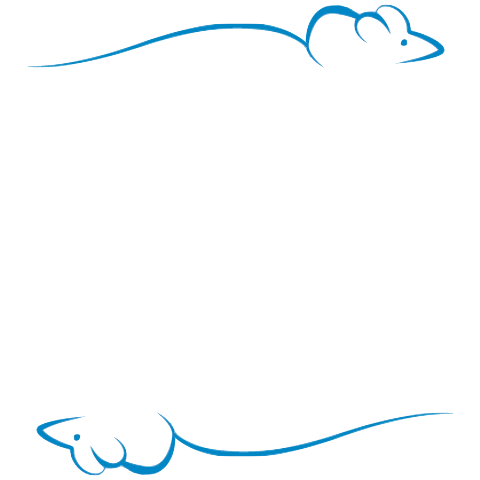Kliethermes1: Novelty seeking behavior in 14 inbred strains of mice (2006)
Kliethermes CL, Crabbe JC. Genetic independence of mouse measures of some aspects of novelty seeking.
Proc Natl Acad Sci U S A. 2006 Mar 28;103(13):5018-23. Epub 2006 Mar 21.
Kliethermes1 downloads
• Download Kliethermes1 project data set animal data, as uploaded
• Download Kliethermes1 animal data matrix with factor-related expansion applied as necessary
• Download Kliethermes1 strain means, SD, N, etc. one row per strain/sex/measure
• Download Kliethermes1 project data set animal data, as uploaded
• Download Kliethermes1 animal data matrix with factor-related expansion applied as necessary
• Download Kliethermes1 strain means, SD, N, etc. one row per strain/sex/measure
Ontology terms mapped to Kliethermes1 measures:
| Investigators |
Christopher L Kliethermes Drake University, Des Moines, IA John C Crabbe Oregon Health & Science University, Portland, OR |
| Contact | Christopher L Kliethermes christopher.kliethermes@drake.edu
|
| Acknowledgements | Funding provided by NIH AA10760, AA015015, AA13519, AA12714; US Department of Veterans Affairs |
| Phenotype strain survey data set | |
| MPD identifiers | Kliethermes1 MPD:599 |
| No updates/corrections. Initial release date: 08/2017. | |
|
Click above to copy-paste the entire citation for this MPD web page. |
High novelty seeking is correlated with risk for substance abuse. Mice were tested serially through the following five tests to assess novelty seeking: activity in a novel environment, novel environment preference, head dipping on a hole board, object preference on a hole board, and spontaneous alternation in a Y-maze.
Procedures conducted:
Procedures conducted:
| Activity in a novel environment. Distance traveled, number of rears. 30 min test. | ||
| Novel environment preference. Activity in familiar and novel compartments. 20 min test. | ||
| Head dipping and other activity measures, hole board with and without objects in two of the holes. 10 min test. | ||
| Spontaneous alternation. |
